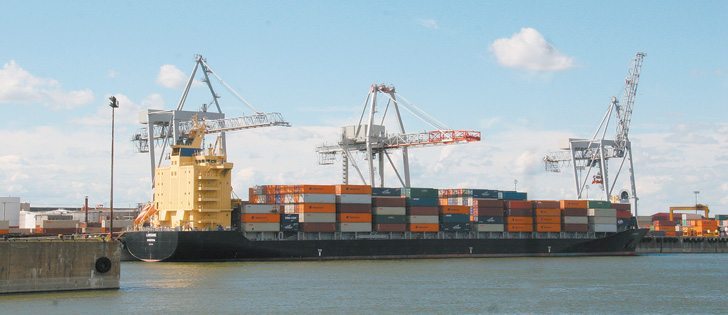A bit of history is in order as agriculture ministers negotiate a formula that will sharply reduce government farm support obligations over the next five-year agricultural policy framework.
It has been a long time coming.
The agreement at the Whitehorse meeting in September, barring an unexpected breakdown, will make government support programs less relevant to average farmers. It will reduce government farm support obligations by more than $2 billion over five years, according to federal calculations.
Since these programs are statutory and require government spending when there is a need, the trick is to amend the formula to make it more difficult to trigger compensation.
Read Also

Farmer ownership cannot be seen as a guarantee for success
It’s a powerful movement when people band together to form co-ops and credit unions, but member ownership is no guarantee of success.
Requiring farmers’ income to drop to 70 percent of historical average before help is triggered is akin to telling farmers they should be able to withstand sharp market dips without their hand out or maybe consider another profession.
It is the long-time conservative view of farming: be strong enough to withstand market fluctuations or leave. It is survival of the fittest.
Of course, it plays into a broader government agenda as well, allowing federal agriculture minister Gerry Ritz to win cabinet table kudos for delivering cost savings in an industry that historically has been tough to cut. In days of yore, tens of thousands would be on Parliament Hill over such a proposal.
For decades, Ottawa has been trying to rein in support costs. The Liberals in 2001 launched the agricultural policy framework as a way to largely end ad hoc payments and unexpected farmer demands for aid. The Canadian Agriculture Income Stability program was the centrepiece.
It was not predictable, it was not farmer-popular and it required governments to pay out when there was farm income demand. However, it ended the era of sweaty upper-lip ministers appearing before unappreciative farm audiences to fearfully announce a mere $500 million in farm income support.
The Conservatives were elected in 2006 claiming the Liberal farm support programs were a botch and they would make them better: more supportive, more predictable and more bankable.
AgriStability, which was launched in 2008, did none of the above but government at least was happy that it stopped farmer demonstrations and paid out under a formula that federal bean counters could understand.
Meanwhile, for years farm leaders have been arguing that agriculture should be viewed as one of Canada’s largest economic engines and not a “lifestyle” sector.
They are getting their wish in spades. And they are not being consulted as the changes are negotiated.
The unstated message from government is becoming: “You are a business, this government is intent on opening markets as you asked us so live by the market opportunities or move on.”
Only natural disasters will merit special government help.
Of course, this is not the government’s overt message.
It is all about having money to invest in research and innovation, market development and investment and competitiveness.
The current model is to invest in short-term research and innovation rather than “what if” research that will pay dividends in the future.
In the meantime, cuts are coming and there is little farm voice being heard before the September deadline.














